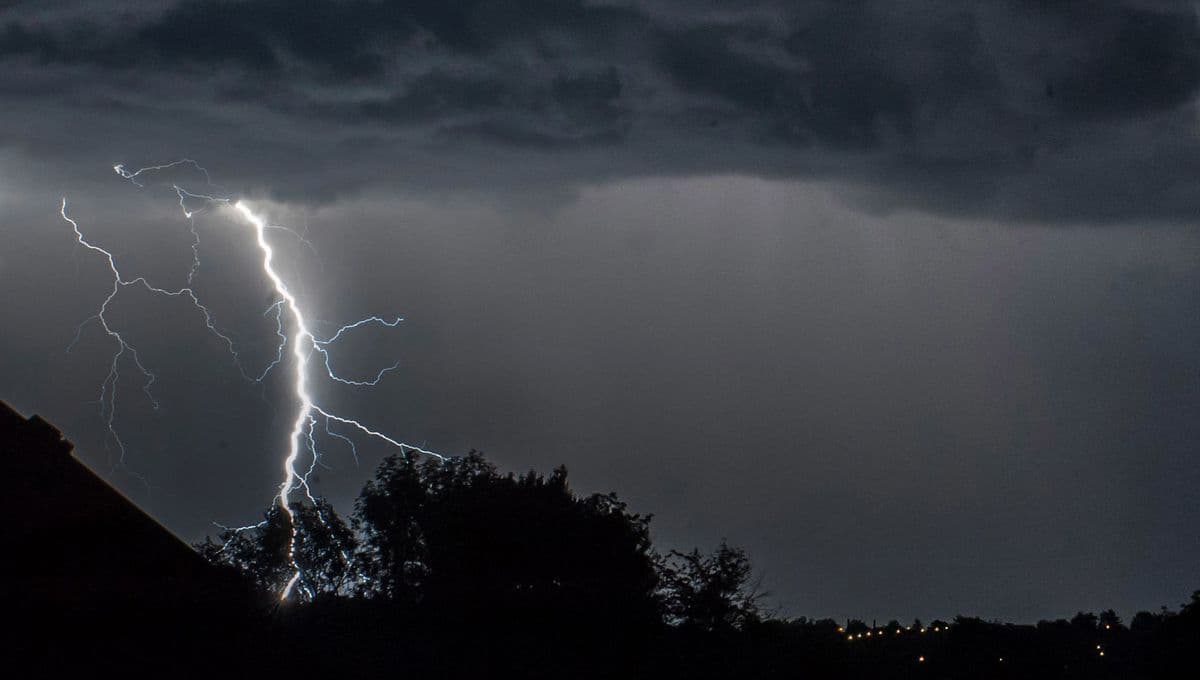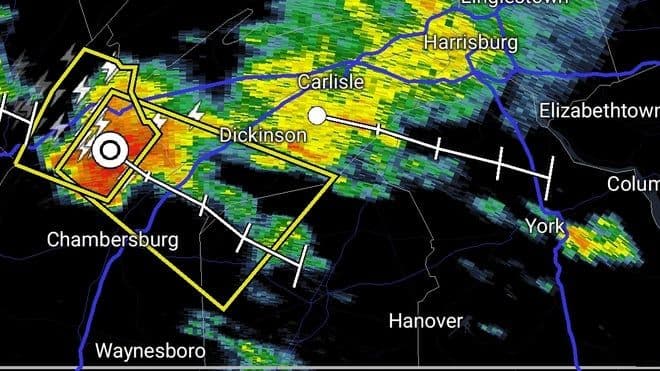Beyond the Thunderclap: Unpacking the Silent Dangers of Hailstorms
Explore the science and hidden dangers of severe hailstorms, from unexpected injuries to community resilience. Learn how to prepare and protect against nature's icy fury.
When Skies Unleash Ice: The Rising Intensity of Hail Events
The skies above us seem increasingly prone to unleashing nature's fury, and hailstorms, once perhaps considered a minor inconvenience, are now emerging as a significant threat. Recent events across parts of , for instance, offer a stark reminder of this escalating intensity. A powerful "pluvio-orageux" episode swept through the southeast, bringing not only torrential rainfall but also intense electrical activity and destructive wind gusts, some reaching a staggering 70 to 90 kilometers per hour. Such conditions are a hallmark of highly energetic storms capable of producing truly damaging hail. , the national meteorological service, had to issue and then eventually lift orange alerts across several departments, underscoring the severity and widespread nature of this particular event. These aren't just isolated occurrences; they reflect a broader pattern where hail, often accompanied by these violent winds and lightning, is becoming a more formidable element in our weather landscape, demanding a closer look at its less obvious, yet profound, impacts.
The Science of Sky-Stone: How Destructive Hailstorms Form
Understanding the mechanics behind these sky-borne projectiles is crucial to appreciating their destructive potential. Destructive hailstorms, often associated with supercell thunderstorms, require a precise cocktail of atmospheric conditions to brew. Picture powerful updrafts, essentially columns of rapidly rising air, that surge miles into the atmosphere. These updrafts act like elevators, carrying water droplets high above the freezing level, where they supercool into ice embryos. As these embryonic hailstones fall, they encounter more supercooled water droplets, freezing onto their surface and causing them to grow. Crucially, strong updrafts can then lift these growing ice pellets back up, allowing them to accumulate more layers of ice before finally becoming too heavy and plummeting to earth. The recent French storm, characterized by its "strong electrical activity" and fierce wind gusts, perfectly illustrates the energetic environment necessary for such hail formation, where intense atmospheric instability fuels the growth of these icy missiles.
The Unseen Toll: Injuries and Fatalities Beyond the Immediate Impact
While the immediate impact of a hailstorm can be terrifying – the sound of ice pelting roofs and cars, the sudden darkness – the true human cost often emerges in the aftermath, a silent toll frequently overlooked. The recent severe weather in tragically highlighted this. In , where roofs were extensively damaged or even torn off, one individual lost their life after falling five meters from a ladder while attempting to repair their roof in . Another person in sustained serious injuries from a similar fall. Firefighters in alone responded to 280 storm-related incidents, many involving compromised structures. Beyond property repairs, indirect dangers also loom. In , five people, two seriously, three lightly, were injured when a tree, likely weakened by the storm's winds and saturated ground, fell onto their car, requiring extrication and hospital transport. These incidents underscore a critical point: the dangers of hailstorms extend far beyond the storm itself, manifesting in the hazardous, often urgent, recovery efforts.
Fortifying Against Nature's Fury: Strategies for Protection and Preparedness
Given the insidious nature of hailstorm dangers, adopting proactive strategies for protection and preparedness becomes paramount. First and foremost, heeding official weather alerts, like those issued by , is non-negotiable. These warnings provide precious time to secure outdoor items, move vehicles to covered areas, and ensure personal safety indoors, away from windows. For homeowners, especially those in hail-prone regions, considering hail-resistant roofing materials can significantly mitigate damage, preventing the kind of widespread roof destruction seen in . Equally vital is a cautious approach to post-storm cleanup and repairs. The tragic fatalities and injuries from ladder falls highlight the extreme risks of DIY repairs on damaged structures. If your property is compromised, prioritize safety by waiting for professionals or ensuring proper safety equipment and clear conditions before undertaking any work. Regular property maintenance, including inspecting and trimming trees, can also reduce the risk of secondary hazards like falling branches.
Building Back Stronger: Community Resilience and Future Adaptation
Moving beyond individual preparedness, fostering robust community resilience is the cornerstone of adapting to increasingly severe weather. The sheer volume of emergency interventions, like the 280 calls to firefighters in a single French department, demonstrates the immense strain on local services. Communities must invest in strengthening emergency response capabilities, ensuring swift and coordinated action when disaster strikes. This includes clear communication channels, accessible shelters, and well-drilled disaster recovery plans. Looking ahead, future adaptation demands a forward-thinking approach to urban planning and infrastructure. This might involve updating building codes to mandate more resilient construction materials, particularly for roofs and windows, or developing green infrastructure solutions that can help manage heavy rainfall and reduce the risk of falling trees. By learning from past events, like the recent French hailstorms, and embracing a multi-faceted strategy that combines informed individual action with robust community-wide planning, we can collectively build more resilient communities, better equipped to weather the escalating challenges posed by nature's fury.
Related Articles

When Sky Stones Fall: Navigating the New Era of Extreme Hail

When Sky Stones Fall: Navigating the New Era of Extreme Hail

Unpacking the Orange: Life Under France's Summer Storm Alerts

Unpacking the Orange: Life Under France's Summer Storm Alerts

France's Shifting Skies: A Day of Contrasts in Summer Weather

France's Shifting Skies: A Day of Contrasts in Summer Weather

Nature's Urgent Whisper: Mastering the Minutes Before a Severe Thunderstorm Strikes
